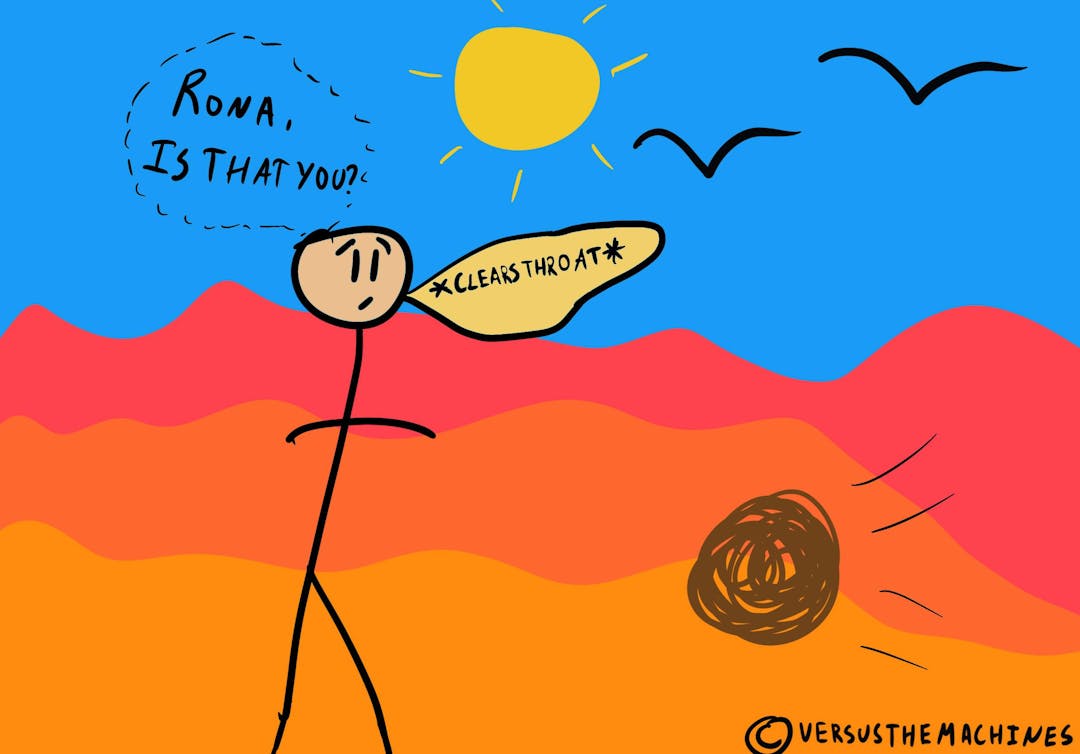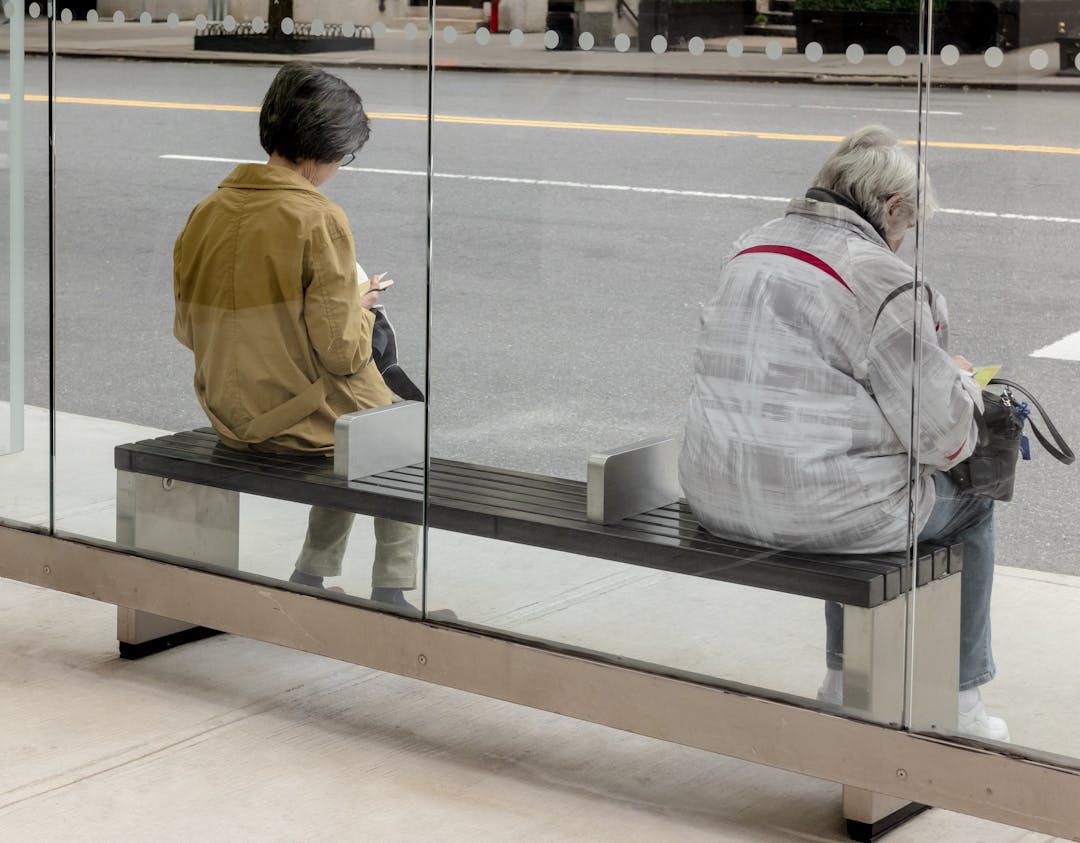TDL Brief: The Future of Air Travel
As we continue to evolve into an increasingly globalized world, air travel has shifted from being a luxury reserved for the elite to a mode of transportation used by the masses. In 2019, over 4.5 billion people travelled by airplane. However, due to the pandemic, 2020’s numbers took a serious hit, dropping to just under 1.8 billion travelers.1 Unfortunately, this has led to devastating rates of layoffs and salary cuts for those in the aviation industry.
Although international travel bans are part of the reason that air travel has slowed down in the past few months, another may be the fact that people often associate air travel with danger. The fear of catching the virus while boarded on a plane might be new, but an unwarranted amount of anxiety surrounding the safety of travel has been prevalent for decades. While disastrous plane crashes have occurred, data demonstrates that the chances of dying in a plane crash are 1 in 9,821, while the odds of dying in a car crash are 1 in 114.2 So why is it that we approach air travel with more trepidation than might objectively be called for? The fears created by the pandemic might change how people conceive of air travel forever – and the changes the industry itself has made may stick around long after the virus has been controlled.
We also must remember that air travel is an industry interested in making profit. To do so, it would benefit people with stakes in the air travel industry to take advantage of behavioral science in order to better understand their customers. Behavioral science can be used to predict the air travel choices they make and can also be used to push people to get on board with charitable campaigns organized by different airlines.
How can we help?
TDL is a socially conscious consulting firm. Our mission is to translate insights from behavioral research into practical, scalable solutions—ones that create better outcomes for everyone.
1. Should we be afraid of flying during COVID-19?
By The New York Times, Is It Safe to Fly During the Pandemic? Answers from Experts (Nov 2020)
While Thanksgiving weekend did see a burst in air travel activity compared to travel rates throughout the global pandemic, the number of people who travelled that weekend represents less than half the amount of people that travelled around Thanksgiving weekend 2019. People are worried to fly in fears of contracting the virus, but with stringent disinfected measures, a policy that requires passengers to wear a mask at all times and well-filtered air, are airplanes really a hotspot for the transmission of COVID-19? Or is this a new instance that has caused old anxieties and fears surrounding air travel to re-emerge?
According to research, the air filters used in most commercial airplanes have a 99.97% success rate at trapping very tiny particles. These filters are hospital-grade and were in place long before the pandemic. Additionally, 75% of the air in the cabin is recycled every couple of minutes with air from outside, which means that the plane is filled with fresh air every two to five minutes. That would give the virus little time to travel airborne from one side of the plane to the other side of the plane. The air is recycled far more than in an apartment building or in the grocery store, but still, it is a widely held belief that the likelihood of catching the virus on the plane is far greater than other spaces. According to a professor of statistics at Massachusetts, the chances of catching the virus is 1 in 4,300, and only 1 in 7,700 if the middle seats are left open.4 Even with this data, people continue to be anxious about taking a plane while the pandemic is ongoing, which might be explained by behavioral science.
The availability heuristic might help explain why we continue to be scared of flying despite data that should put our minds at ease. According to the availability heuristic, we tend to use information that quickly comes to mind when making a decision. It is likely that it is much easier to conjure up a memory of a headline discussing the dangers of travelling and infecting dozens of people than trying to remember all the statistical data about the safety of travelling during the pandemic (if you ever were exposed to that data at all). The heuristic also helps to explain why we usually approach air travel with greater anxiety than necessary – the graphic images of freak plane accidents imprint in our mind and are recalled when we face a decision.
The anchoring bias might also contribute to why people are deciding not to travel during the pandemic. The anchoring bias suggests that we heavily rely on the first piece of information that we encounter about a topic. Since travel bans made headlines worldwide, this might be the first piece of information that people encountered to do with air travel and the pandemic. Instead of seeking out data on the safety of the virus, they would use this information as a foundation for their decision to avoid flying.
All this is not to say that flying is recommended – of course, we need to be as careful as possible in these unprecedented times. This discussion only demonstrates that people are not always rational decision makers when it comes to air travel.
2. COVID-19 Could Lead to Permanent Changes in Air Travel
By Annie Liang, Applying Behavioral Science and Automation in Future of Aviation (May 2020)
Just like every other industry, COVID-19 has drastically impacted air travel. However, even once the global pandemic has been resolved, there are likely to be changes that remain in place.
As people have begun to use the digital world to host their meetings and interviews, people are becoming more accustomed to online interaction and this might mean that there is a diminished desire to travel in the future. A lot of air travel occurs because of business and if they have now realized they can reduce their expenses by cutting down on in-person meetings, they are likely to continue that behavior after the pandemic as well.
We may also see the air travel industry edge closer to becoming an oligopoly. Since there has been drastic reductions to air travel, several smaller airlines have been forced to file for bankruptcy. For example, Virgin Australia, after 20 years, became the largest Australian airline to ever collapse.6 Other airlines, like Lufthansa, have had to rely on major financial support from governments, which causes the airline to become embedded in a new political order. Once a government is involved in air travel, they also might hold the power to determine travel destinations, making deals with other countries to promote travel or denying travel to their oppositions. With less competition and national protection from governments also comes the possibility for airlines to up the price of their tickets.
Another change that the aviation industry is likely to retain after COVID-19 is the move to automated processes. In order to reduce physical interaction and try and maintain social distancing measures, air travel has employed many contact-free procedures. There has been a greater emphasis on self-check-in and automated baggage drop-off procedures where you just have to scan your e-ticket in order to print out your luggage tag. While some of these measures were in place before the pandemic, as people have become more comfortable with technology, the air travel industry is likely to accelerate their digital transformation. Who knows, in just a few years we might find ourselves with facial recognition instead of needing a travel visa, or with an option to get baggage picked up and delivered to your destination to reduce the contact that occurs at the airport.
3. How Behavioral Science Can Be Used to Help Nudge Air Travelers to Help Fight Climate Change
By The Decision Lab, TDL Perspectives: Addressing the Climate Crisis with Behavioral Science (Sep 2020)
With the rise in yearly air travel passengers has come a spike in pollution. The aviation industry is one of the greatest contributors of greenhouse gases, which are contributing to the climate change crisis. We are creatures of habit, so it is difficult to change our behavior and air travel is now a relatively common part of people’s lives. Since finding alternative modes of transportation can be difficult, the aviation industry might need behavioral science to find ways to get people on board with helping fight climate change.
It is difficult for climate change to take precedence in people’s minds because of the psychological distance people have between their actions and its effects on the planet. For air travelers, there is a dissonance between the flight they are taking and the tones of greenhouse gases the plane is emitting. Hyperbolic discounting, a cognitive bias, suggests that we focus more on the value something will bring to us in the present than the consequences that might later be faced. For air travel, that means that people are focused on the fact that they can quickly get to their destination instead of considering the impact that their long-haul flight will have on the environment.
Since it is difficult for people to take distant consequences into consideration when deciding to travel by air or not, different tactics to gain support for climate change have to be employed. In order to be motivated to help, people need to find the option very easy. For example, to off-set the carbon emission caused by air travel, passengers could be given the option to add a donation to the cost of their flight that would go towards alternative energy or green initiatives. To make that strategy effective, it would be beneficial to have the added donation already included with an option to opt-out, instead of as an option to opt-in. Research suggests people are much more likely to agree to the donation when it is easily, seamlessly part of their costs as opposed to when it requires an extra step for them to help.8
4. Airlines Could Use Stated-Preference Experiences to Better Understand Air Travel Behavior
By Transportation, Interactive Stated Choice-Surveys: A Study of Air Travel Behavior (Jan 2010)
In order to attract more customers, airlines need to understand the ways in which people make their air travel decisions. Although collecting data on previous travel behavior is one method to analyze behavior, airlines might want to see how altering their booking engines might influence behavior before they roll out the new features. That means that they need to conduct experiments apriori. Experiments can be useful for testing how different factors influence decision-making, but often, they do not actually reflect how people behave in real-life.
One way to overcome the disjunction between real-life behavior and behavior exhibited in experiments is to conduct stated-preference experiments. Stated-preference experiments are believed to more closely replicate behavior in real-life markets. This might be especially true for the aviation market, as increasingly, air travel decisions are made online. Travel agencies are rarely used for booking flights, which means that digital stated-preference experiments closely resemble the context and environment under which people make decisions in real-life. Stated-preference experiments could be designed that closely resembles the digital platforms that people already use to make their bookings and thus provide airlines with insights on consumer behavior.
One such experiment was conducted by computer scientists who were adept at digital design. From their experiment, they were able to tell what kind of information was most often searched when people were booking flights. They found that although price was used as a sorting mechanism, searches usually were concerned with comfort attributes: entertainment systems, seat reservation, number of stopovers, etc. Airlines would then be able to use this data in order to ensure that they emphasize the right kind of information on their website.
5. Airlines Can Use Behavioral Science to Help Promote Charitable Donations
By Forbes, Air Canada Launches Unique Holiday Campaign Celebrating the Gift of Travel (Nov 2020)
While the aviation industry has taken a big financial hit due to the pandemic, airlines know that they are not alone. Perhaps attempting to hit two birds with one stone, Air Canada has recently launched a new campaign called the Gift of Travel.
The campaign focuses on the inspiring stories of community heroes that have shown great resilience and compassion throughout the COVID-19 pandemic. The campaign was launched with a video that features heartwarming stories that center around optimism, in order to try and raise funds for various Canadian charitable organizations. The focus on individual stories is likely to be an effective campaign due to the identifiable victim effect. The identifiable victim effect stipulates that people feel greater empathy and an urge to help when they hear about stories about identifiable individuals than when they hear stories about large groups of people. Since Air Canada’s campaign uses different social media platforms to highlight specific community heroes (often Air Canada employees who are making a difference in their community), the campaign is likely to garner a great deal of support and donations.
On December 1st, 2020, the Air Canada Foundation also launched a Gift of Travel auction where over 100 items of air travel related products were up-for-grabs. This auction paints the company in a positive light and might make passengers more likely to choose Air Canada at a future date when travelling.
While 100% of the proceeds of the auction are being donated to charities focused on the health and wellbeing of youth, Air Canada isn’t forgetting that they need to offset some of their losses incurred during the pandemic as well. That is why the Gift of Travel campaign isn’t just about charity – Air Canada is also offering a new flexible flight pass. The pass allows passengers to book domestic travel as often as they want for up to three months for one flat fee. By placing this pass under the same campaign as various charitable events, Air Canada might be able to take advantage of another cognitive bias: the halo effect. The halo effect suggests that our positive impression of a brand influences our feelings in another area. The fact that people think positively about the Air Canada Foundation might also cause them to view Air Canada as a charitable company and be more willing to purchase the flexible flight pass.
References
- Mazareanu, E. (2020, November 27). Number of scheduled passengers boarded by the global airline industry from 2004 to 2021. Statista. https://www.statista.com/statistics/564717/airline-industry-passenger-traffic-globally/
- Hauser, E. (2019, October 30). Is Flying Really Safer Than Driving? https://www.lifesavvy.com/12075/is-flying-really-safer-than-driving/
- Mzezewa, T. (2020, November 25). Is It Safe to Fly During the Pandemic? Answers From the Experts. The New York Times. https://www.nytimes.com/2020/11/25/travel/air-travel-safety-coronavirus.html
- Hardingham-Gill, T. (2020, August 20). The odds of catching COVID-19 on an airplane are slimmer than you think, scientists say. CNN. https://www.cnn.com/travel/article/odds-catching-covid-19-flight-wellness-scn/index.html
- Liang, A. (2020, May). Applying Behavioural Science and Automation in Future of Aviation. https://doi.org/10.13140/RG.2.2.28640.92168/1
- Bloom, L. B. (2020, June 27). You Won’t Believe How Many Airlines Haven’t Survived Coronavirus. How Does It Affect You? https://www.forbes.com/sites/laurabegleybloom/2020/06/27/airlines-coronavirus-travel-bankruptcy/?sh=161e2c5c5f69
- TDL perspectives: Addressing the climate crisis with behavioral science. (2020, September 11). The Decision Lab. https://thedecisionlab.com/insights/environment/tdl-perspectives-addressing-the-climate-crisis
- Kalkstein, Y. (2020, October 7). Why is changing behavior so hard? The Decision Lab. https://thedecisionlab.com/insights/environment/change-is-hard/
- Collins, A. T., Rose, J. M., & Hess, S. (2010). Interactive stated choice surveys: A study of air travel behaviour. Transportation, 39(1), 55-79. https://doi.org/10.1007/s11116-011-9327-z
- MacGregor, S. (2020, November 28). Air Canada Launches Unique Holiday Campaign Celebrating The Gift Of Travel. Forbes. https://www.forbes.com/sites/sandramacgregor/2020/11/28/air-canada-launches-unique-holiday-campaign-celebrating-the-gift-of-travel/?sh=7ad4bce57200
About the Authors
Dan Pilat
Dan is a Co-Founder and Managing Director at The Decision Lab. He is a bestselling author of Intention - a book he wrote with Wiley on the mindful application of behavioral science in organizations. Dan has a background in organizational decision making, with a BComm in Decision & Information Systems from McGill University. He has worked on enterprise-level behavioral architecture at TD Securities and BMO Capital Markets, where he advised management on the implementation of systems processing billions of dollars per week. Driven by an appetite for the latest in technology, Dan created a course on business intelligence and lectured at McGill University, and has applied behavioral science to topics such as augmented and virtual reality.
Dr. Sekoul Krastev
Sekoul is a Co-Founder and Managing Director at The Decision Lab. He is a bestselling author of Intention - a book he wrote with Wiley on the mindful application of behavioral science in organizations. A decision scientist with a PhD in Decision Neuroscience from McGill University, Sekoul's work has been featured in peer-reviewed journals and has been presented at conferences around the world. Sekoul previously advised management on innovation and engagement strategy at The Boston Consulting Group as well as on online media strategy at Google. He has a deep interest in the applications of behavioral science to new technology and has published on these topics in places such as the Huffington Post and Strategy & Business.






